Why Do Cats Have Tails? (Let's Find Out)
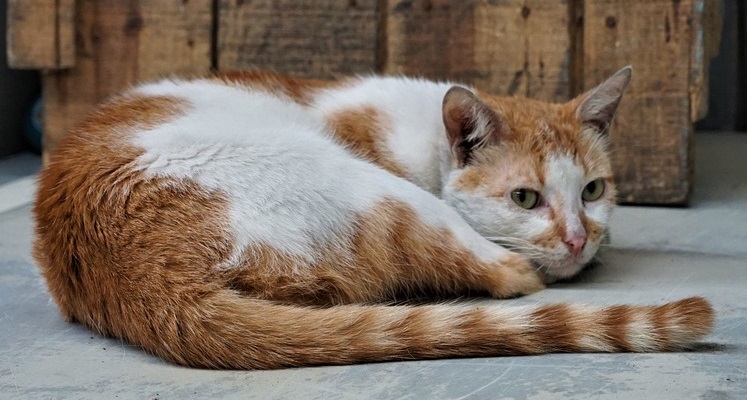
Ever wondered why cats have tails?
Curiosity niggling at you, like a persistent itch?
Don't worry, I feel your fascination. 😊
It's as if someone plucked a question out of your mind and dangled it like a tantalizing treat.
So let's uncover the truth together, shall we?
Let the journey begin.
Why Do Some Cats Have No Tails?
The genetic mutation that causes tailless cats
Alright, let me tell you about these fascinating creatures called Manx cats.
They're born without tails because of a funky genetic change.
It's like nature decided to have a little fun and took away their fluffy tails.
But here's the cool part:
It's not just the Manx cats. Even bobtail cats can end up tailless due to this genetic quirk.
Genetics is truly amazing, isn't it?
Adaptation without tails? No biggie!
Now, you might be wondering, how on earth do these cats manage without a tail?
I mean, tails are important for balance, right?
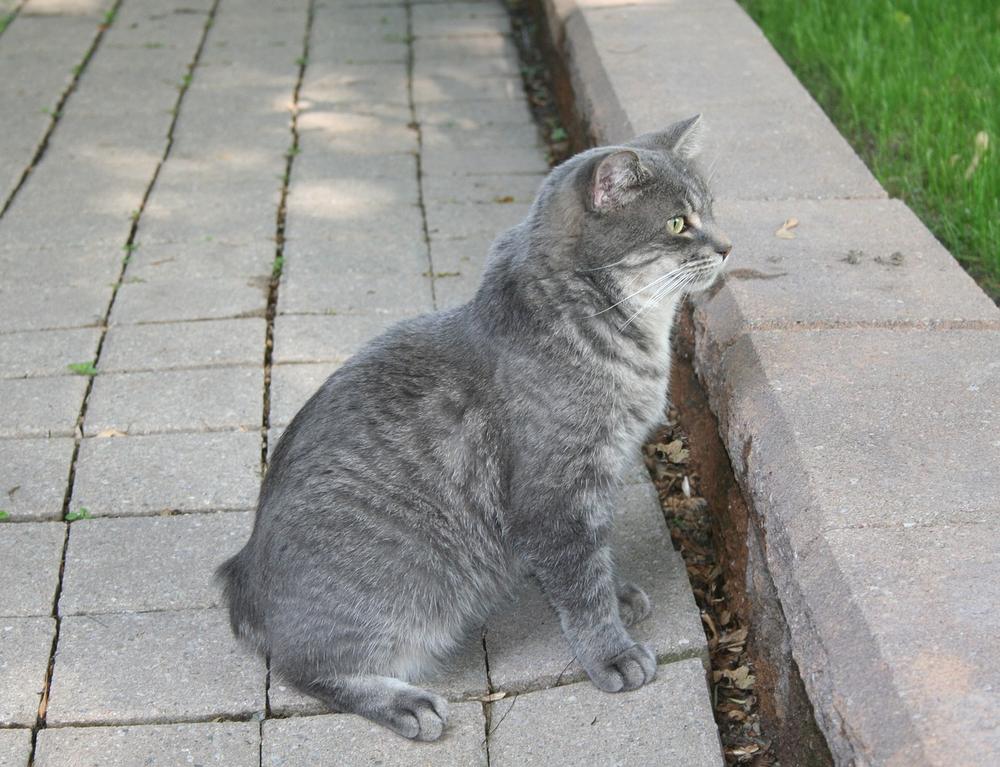
Well, let me put your mind at ease.
Despite not having tails, Manx cats are incredibly agile and adaptable.
They've evolved some impressive skills to make up for their missing tails when it comes to balancing and being nimble.
Discovering "Manx Syndrome"
Sure, being tailless may bring some advantages, but there are some downsides too.
Unfortunately, these adorable felines are more susceptible to something called "Manx Syndrome."
This syndrome can cause issues like spina bifida and fused vertebrae.
In simple terms, it means that some health problems can occur because they lack that fluffy appendage.
But don't fret too much!
Many cats live perfectly happy and healthy lives, even without tails or with shorter ones.
Their determination and adaptability truly show us how incredible these creatures are.
Main points I'll expand upon further down this article:
- A cat's tail is crucial for movement, balance, and communication.
- Domestic cats hold their tails vertically while walking, while wild cats keep theirs horizontally or tucked between their legs.
- The tail plays a vital role in maintaining body warmth and aiding in balance.
- Cats can control their tails voluntarily, but involuntary movements occur during deep sleep.
- The tail contains nerves that allow cats to move and sense their surroundings.
- Curled tails help retain body heat during sleep.
- The tail assists with navigation and acts as a counterbalance.
- The tail serves as a communication tool, conveying a cat's physical and emotional state.
- Tails grow with age and contain nerves that provide sensory functions.
- Understanding feline body language, especially tail expressions, is crucial for bonding.
The Science of Cat Tails: Movement, Balance, and Landing
Here's twelve important things to know about cat tails:
- Cat tails are super important for how they move, keep their balance, and talk to you.
- Their tails help them make precise jumps and landings, like acrobats in a circus.
- All those muscles, tendons, and ligaments in the tail work together so the cats can move it just right.
- The tail gives cats flexibility and quickness when they're doing all sorts of stuff.
- Cats can control their tails on purpose, but sometimes it moves around on its own when they're catching some Zs.
- One muscle called the Sarcocaudalis helps the tail move how the cat wants.
- If you've got a furry friend living with you, its tail will stick up while it walks. Wild cats, though, keep their tails straight or hidden between their legs.
- That tail helps cats stay warm and balanced too.
- Inside the tail are nerves that let cats feel and figure out what's going on around them.
- When cats curl their tails up while they snooze, it helps hold in body heat.
- While a cat is moving around, the tail acts like a counterweight, helping it find its way and stick landings like a gymnast.
- And finally, that tail is like a Swiss army knife of communication for a cat - showing how it feels physically and emotionally, coordinating responses, and making its overall communication game stronger. 😺
But did you know that a cat's tail is not just about movement, balance, and communication?
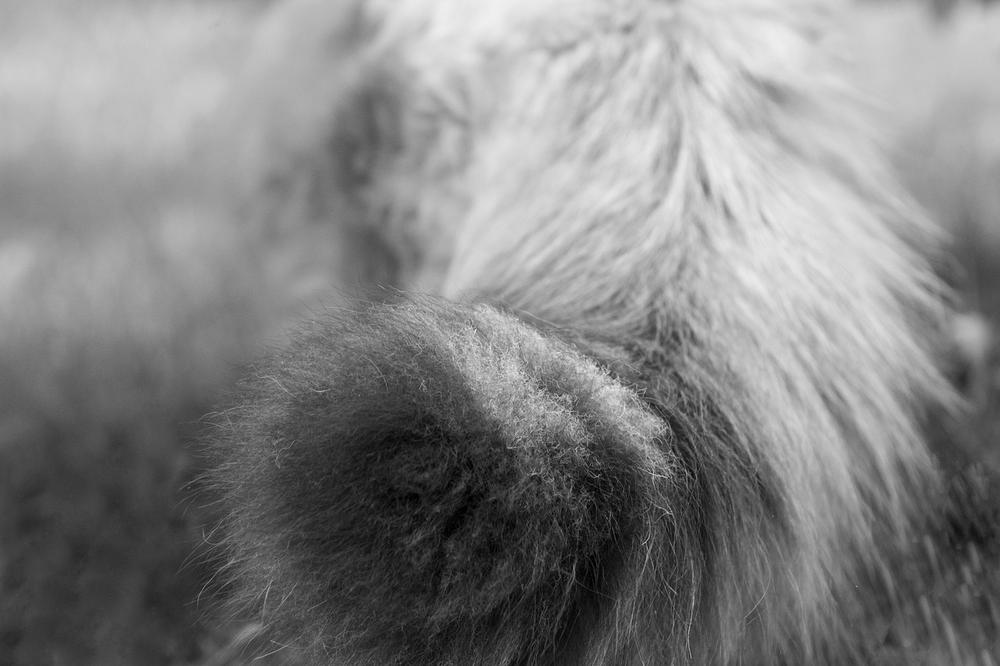
There are even more fascinating aspects to uncover about the hidden functions and mysteries of these furry extensions.
So, let's dive deeper into the world of feline tails and what they can reveal about our beloved pets...
Cat Tail Facts: A Little About Cat Tails
Cat tails are not just for show; they are part of a cat's spine. Filled with nerves, they help cats navigate and detect danger. Tail movements convey messages, indicating emotions and behavior. By understanding their tails, we can form a deeper connection with our feline friends.
Cats don't just have tails for show, you know.
Their tails are actually part of their spines!
It's truly incredible when you think about it.
But wait, there's more!
Our feline friends' tails consist of bones, muscles, tendons, ligaments, blood vessels, and scent glands. It's a complete package.
And the best part is, their tails serve so many purposes because they're filled with an extensive network of nerves. It's like having built-in radar.
This tail feature helps cats navigate their surroundings and detect any potential danger lurking nearby.
So cool, right?
But that's not all!
Tails also play a crucial role in communication.
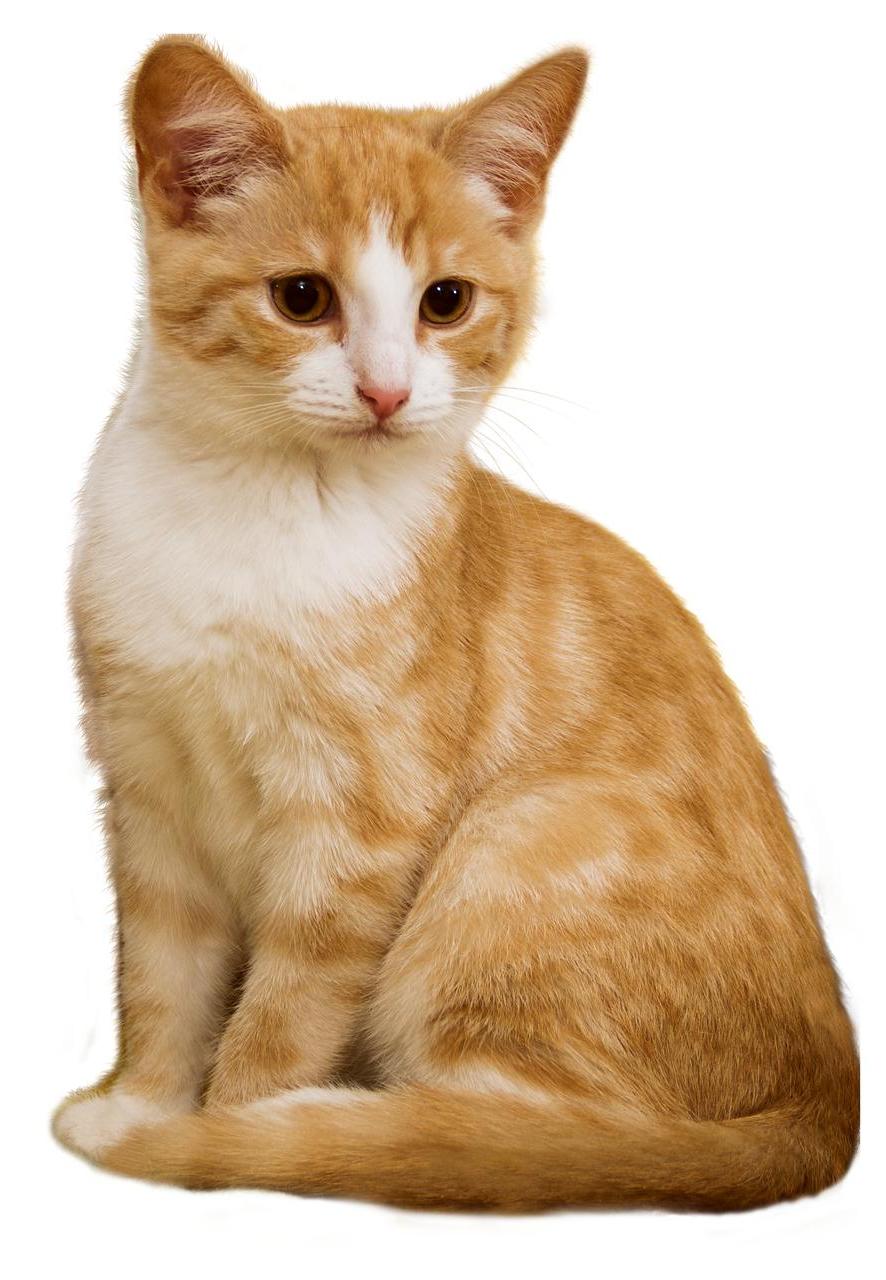
I can hardly believe it myself!
Different movements of their tails convey different messages. It's like they have their own little dictionary.
When cats curl their tails, it can indicate worry or feeling unwell. On the other hand, a swishing tail may signify playfulness or annoyance.
Yep, cats can be quite moody sometimes!
Now here's something fascinating:
The position of a cat's tail says a lot about their emotions and behavior.
Isn't that amazing?
It's like they have their very own secret language.
By understanding what their tails are telling us, we can form a deeper connection with our mysterious yet extraordinary feline companions.
So let's pay attention to those tails and strengthen our bond with these captivating creatures.
But here's something you may not know about cats and their tails...
The level of touch sensitivity they have!
Why Don’t Cats Like Their Tail Being Touched?
Cats have unique touch sensitivity, and many of them don't appreciate having their tails touched.
The high concentration of nerve endings in this area might be the reason behind this preference. Rather than focusing on their tails, it's better to pet them in other areas like the head, neck, and shoulders that they find more enjoyable.
A cat's tail is an important communication tool for expressing mood.
So, pay attention to their body language. If touching their tail triggers anger or aggression, remove the stimuli immediately. Instead, offer distractions such as catnip toys or interactive playthings to redirect their focus.
Avoid any actions that involve tugging, squeezing, pulling, or playing with a cat's tail as it can cause emotional discomfort.
In my article, I reveal the secrets to safely moving house with a cat.
If you're intrigued by the idea of making the process smooth and stress-free for both you and your feline friend, check out Moving House With a Cat for expert tips and advice.
Can Cats Injure Their Tails?
Cats' tails are delicate and prone to injuries, so you should take precautions to prevent accidents.
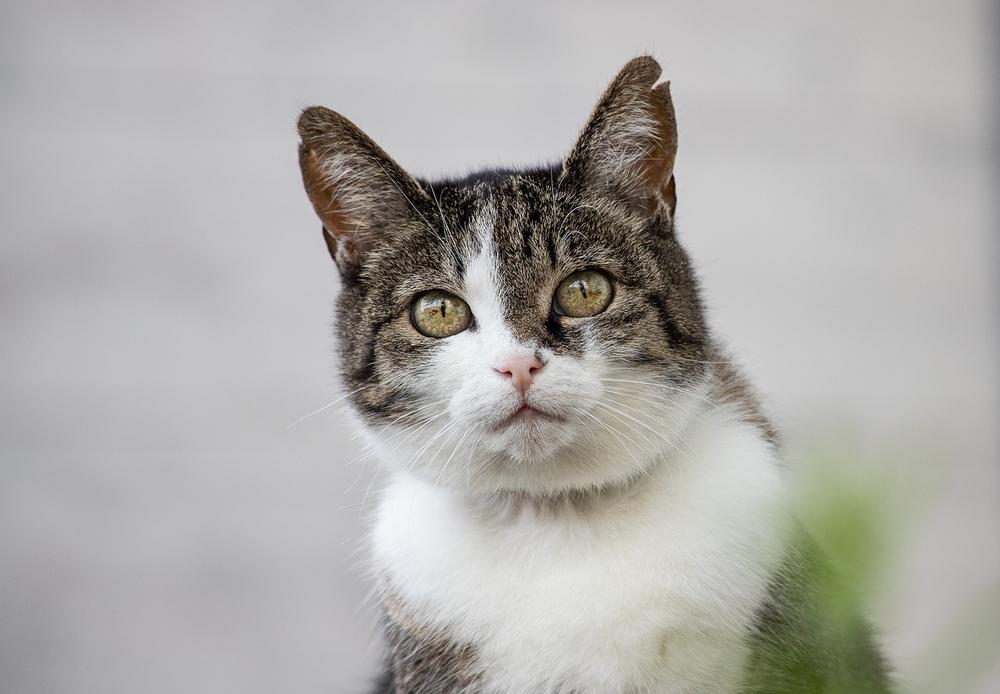
Here are some key points to remember:
- Avoid excessive pulling or yanking on a cat's tail as this can cause severe damage and nerve trauma.
- Keep an eye out for signs of pain or discomfort, such as limping or difficulty moving the tail.
- Tail injuries can lead to limited mobility in the tail, affecting a cat's ability to control urination and defecation.
- Seek immediate veterinary assistance if you notice any changes in your cat's behavior or appearance related to their tail.
- While cats can adapt and learn to balance without tails, it's still essential to provide them with a safe and secure environment to prevent further injury.
- Avoid unnecessary tail handling unless it is required for grooming or medical purposes.
- If a tail injury occurs, support and immobilize the tail using a cloth or bandage until professional help is available.
- Remember that blood vessels in a cat's tail are fragile, so use caution when drawing blood or performing medical procedures in that area.
By adhering to these instructions, you can guarantee the welfare of your cat companion and assist them in effectively healing from any injuries to their tail.
And that wraps up today's article.
You've reached the end of my blog post, so let me ask you a question. Did you enjoy reading it? I dedicated a significant amount of time and effort to create comprehensive and helpful blog posts. It really brings me joy to invest so much time into this. It would mean so much if you could show your support by clicking on any of the social sharing buttons to spread the word about this blog post. Thank you!
Talk soon,
-Sarah Davis